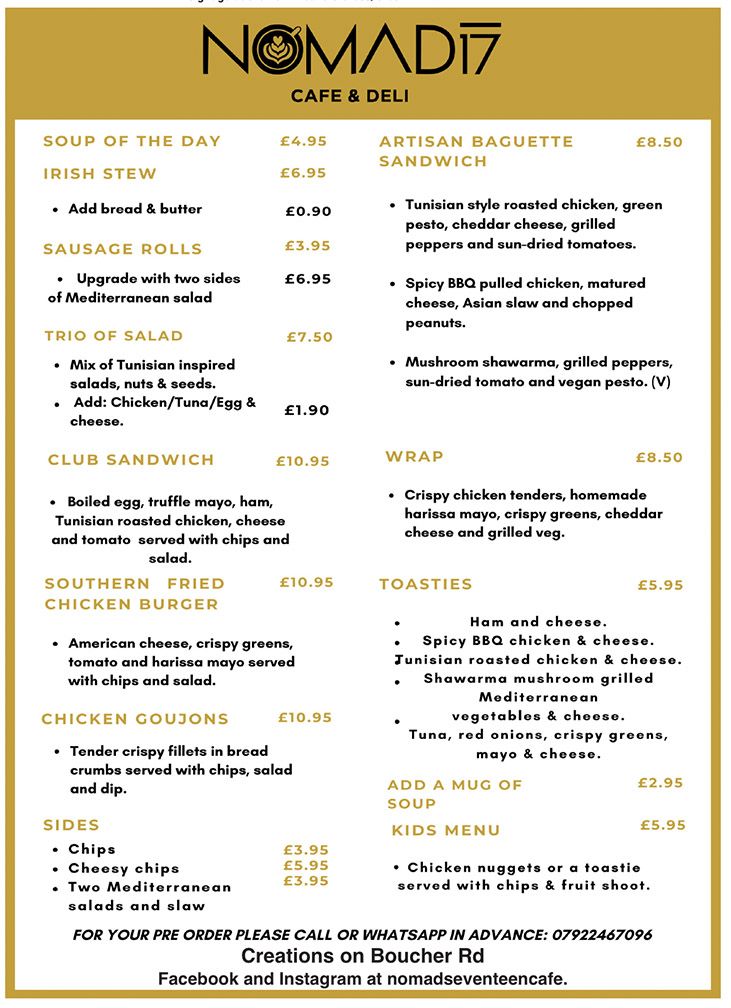I always feel a bit queasy when watching these cool sex education classes on TV where the teacher puts a condom over his/her head. But I suppose it has that unwatchable/unmissable quality Bill Wolsey was looking for when he suggested putting a 19th century condom on an appropriately shaped 21st century prop and popping the lot in the front window of Zara.
That particular off-the-wall suggestion came up during a discussion last week about bringing our heritage out of the museum basements and on to our streets.
The best way to do that, says Bill, is to take a series of quirky, funny, stimulating artefacts from their dusty hiding place and put them in the shop windows, hotel lobbies and cultural hubs of Belfast.
Amazingly, the Ulster Museum is quite taken by the idea, as is the tourism section of City Hall. So last week, over a cup of Earl Grey poured from a teapot through a strainer, a few of us met in the palatial surroundings of the Merchant Hotel to see how we could get this show on the road.
There is no lack of jaw-dropping artefacts which would wow visitors, tell the Belfast story and make our own citizens proud of their rich heritage.
We have artefacts dating from the first settlement in Belfast – below the Ormeau Bridge 6,000 years ago. You knew it was a traditional route, but not that traditional. And the remains of a magnificent Irish elk with its ten-foot-wide antlers was discovered in excavation work close to Cornmaket.
For good measure, we have a skull discovered in 2002 in Waring Street which has several holes drilled in it, presumably by a doctor to relieve swelling of the brain around 200 years ago.
So here’s the plan: plot out a trail of our Hidden History stretching from An Chultúrlann Gallery on the Falls down through the Cathedral Quarter where the Merchant stands and swinging up towards the Shankill. Hidden History, linking often hidden neighbourhoods; I will keep you posted.
ALTHOUGH giving the Shankill a leg-up can be tough. At Tuesday night’s development meeting, I was backing Council moves to implement key measures to save ‘Main Street’ – our troubled retail thoroughfares. The Lisburn Road, with its 220 businesses, independent retail companies, 15 galleries, 30 eateries and much more, is a unique jewel in Belfast’s commercial crown. But there are other areas too which need a helping hand if they are to survive this recession. The ‘Mary Queen of Shops’ Portas report predicted that our Main Streets will return, but as centres of community activity, not just retail stores.
The challenge, then, will be to get the recommendations of the Portas report embedded into the development of the Andersonstown Road, the Antrim Road, the Newtownards Road and the Shankill Road. Oops, scrub that last one. When I suggested bringing Portas to the people, a Shankill representative begged to differ. “We have to manage expectations,” he said.
Just how you go about revamping the Shankill without remaking the front of that once busy and bustling shopping hub is beyond me. But with friends like that, the proud people of the Sean Chill certainly have their work cut out.
ANYHOW, while others were rejecting the proffered hand of Council, I’ve been doing a bit of work with like-minded individuals – from both sides of the Dome Chamber — to initiate a Belfast Restaurant Week. In Dublin, London, Amsterdam and New York, Restaurant Week is a big deal, generating more dough for eateries and putting the city cuisine on the global map. Restaurants can do more to transform a neighbourhood than one hundred government consultancy documents (big shout-out at this point to Caifé Feirste in the Cultúrlann and Fáilte restaurant on the Falls) and our chefs are among our most dynamic civic ambassadors. Yet Belfast is without its own restaurant week.
With the backing of Council colleagues and the city’s chefs, we should be able to put that right, giving a lift to everyone who is in the food service business – from fries to foie gras, as DUP Councillor Lee Reynolds memorably put it.
BUT before that, I’m gearing up for a gathering of the city’s Gaeilgeoirí in City Hall on April 24 to discuss how best to win respect for the Irish language community from City Hall.
In Wales and Scotland, councils broke the ground on which their productive language acts were later sown. It should be the same in Belfast. After all, if Newry Council can have three Irish language officers, surely Belfast – with almost more Irish speakers than Newry has people – can have ONE Irish language officer.
Our artefacts may be from a dim and distant past, but that doesn’t mean our Council policies have to be archaic and antiquated too.9y






